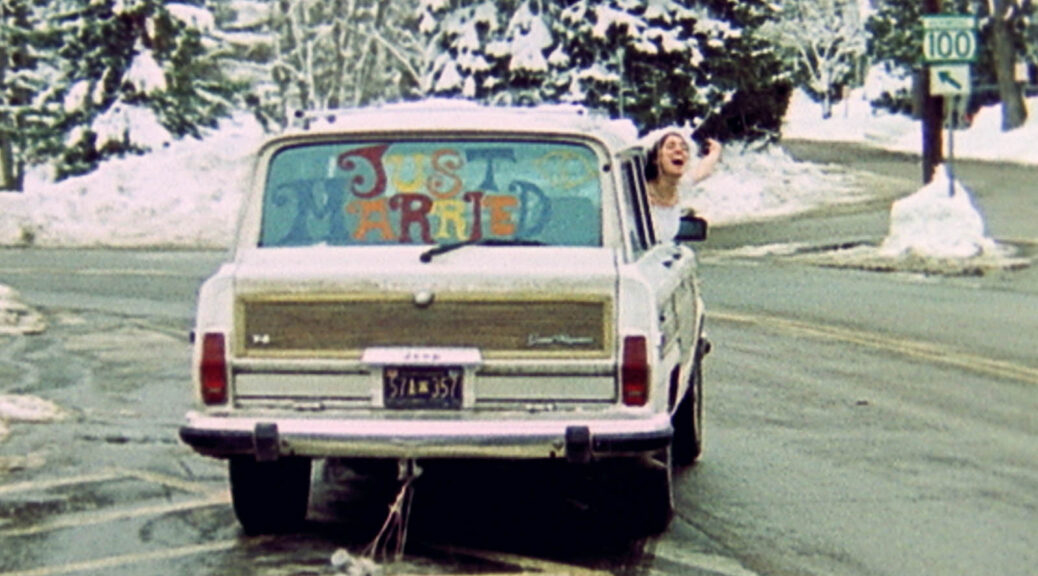Godzilla Minus One
by George Wolf
“Get back to your roots.”
It’s an old adage, maybe even a cliche. But Godzilla Minus One reminds us it can also be a damn good idea.
Writer/director Takashi Yamazaki returns to themes he explored ten years ago in The Fighter Pilot, tips some unmistakable hats to both Jaws and Dunkirk, and emerges with a completely satisfying Kaiju adventure.
And though Yamazaki makes sure Godzilla wreaks his havoc early and often, Minus One is a film driven by characters with all-too-human complexities.
As Japan is struggling to recover from WWII, pilot Koichi Shikishima (Ryunosuke Kamiki) is suffering from survivor’s guilt, and the taunts of townspeople who feel he is a coward for not “dying with honor.” He’s also suppressing memories of Godzilla, the whispered-about monster he witnessed wipe out an island military base near the end of the war.
Years pass, with Koichi scraping by in the small place he shares with Noriko (Minami Hamabe) and the orphan child she has taken in. In need of money, Koichi accepts a dangerous job clearing old mines from coastal waters. And once out on the boat, Koichi and his shipmates realize they’re going to need a bigger one.
Yamazaki – who’s also credited as the VFX supervisor – gives Godzilla a wonderfully classic look, with imposing and well-defined features like those spiky scales that turn blue when he’s about to spit that fire! Hell yeah!
But back to the roots.
By taking the setting back to post-war Japan, Yamazaki’s script not only revisits the original cautions of the atomic age, but adds some new layers of depth. The clever plan to defeat Godzilla may let Japan rewrite some history, but Yamazaki doesn’t let his homeland’s approach to war off that easy.
The morals are clearly marked, but this is a crowd pleasing and often thrilling adventure, with some well-chosen moments of humor woven into a pace that rarely bogs down, despite a bit of schmaltz and one or two unsurprising surprises that dot the landscape. Yamazaki deftly balances the destruction with the reflection, and Minus One raises up a welcome addition to Godzilla lore.













